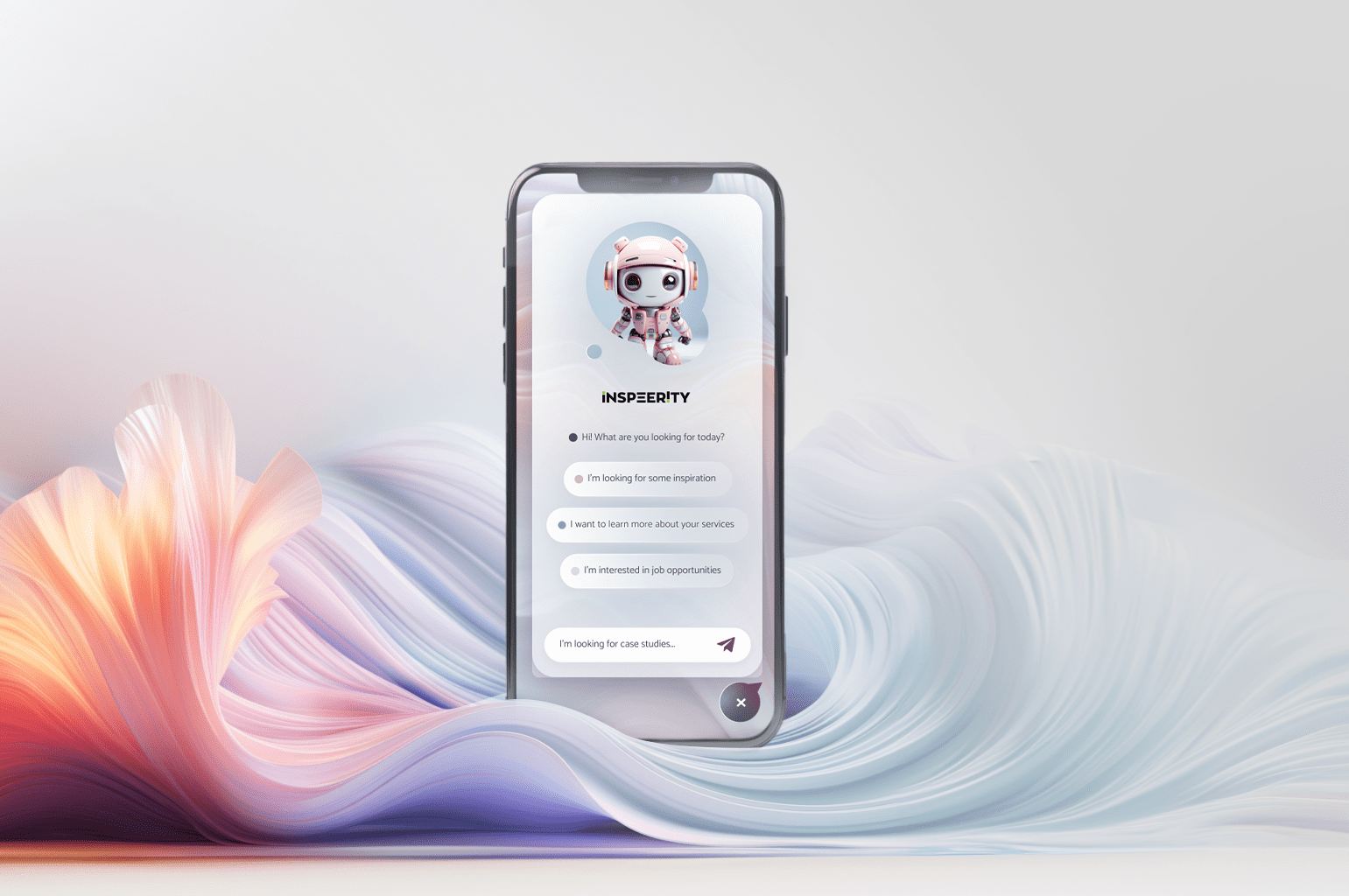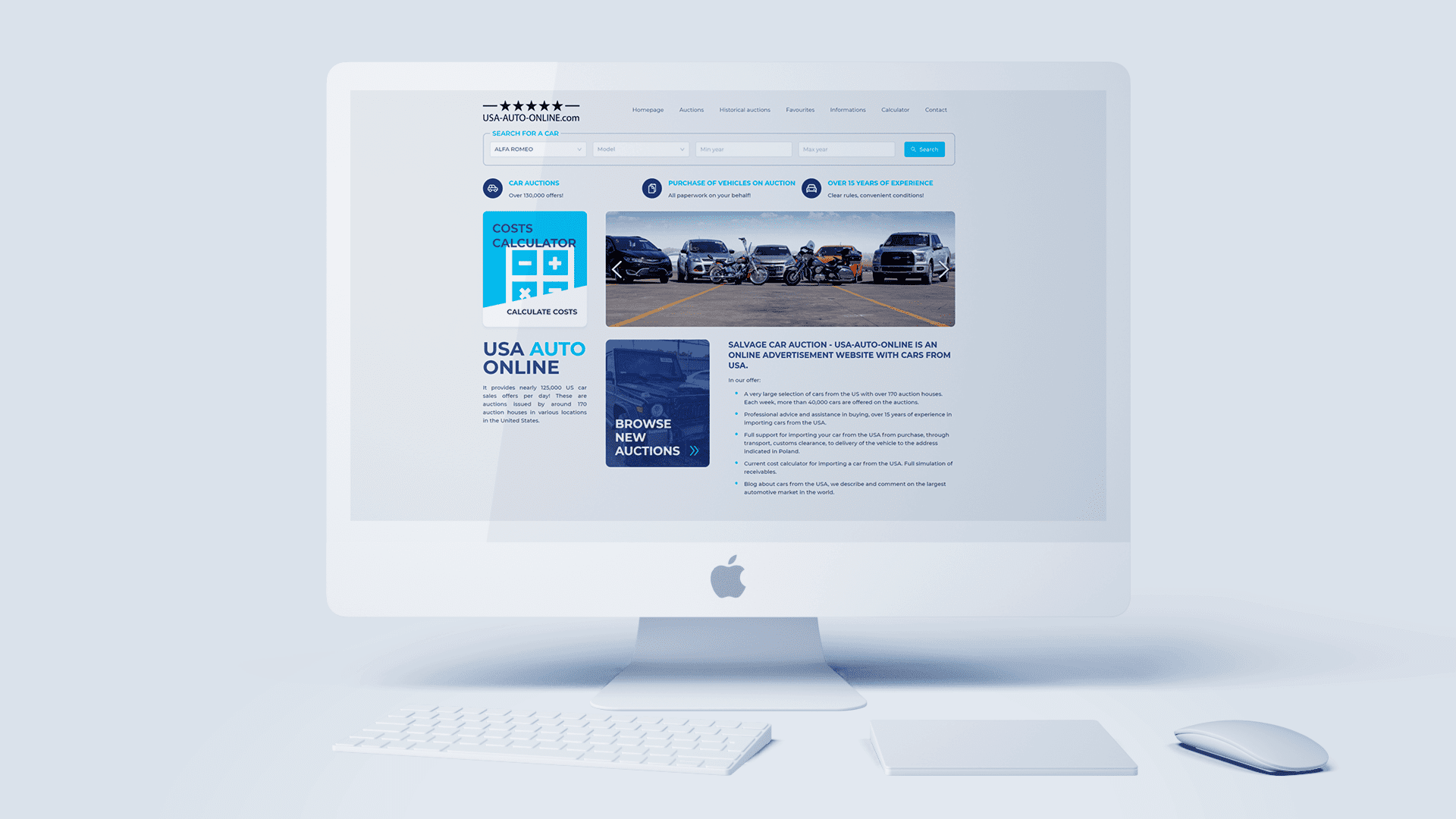Home / Case studies / Advancing Rehabilitation in Neurological Conditions Through Telemedicine
Advancing Rehabilitation in Neurological Conditions Through Telemedicine

01.
A mobile and web application for real-time monitoring and therapy tracking
Despite advancements in medicine, curing neurological diseases such as Alzheimer’s remains challenging. We worked with our clients to develop a software solution to track rehabilitation. And to help provide therapies using modern digital technologies.
The focus was to create a mobile and web application to provide real-time monitoring.
Client
Industry
Services
Technologies
- Android, Azure Cloud Services, iOS
02.
Understanding how telemedicine could help the end-user was one of many challenges
The project faced several significant challenges that tested our development team.
One of the hurdles was understanding how telemedicine would help with treating neurological disorders. Transforming medical practices into a digital format needed us to work closely with the stakeholders.
Also, integrating medical documentation into the software development lifecycle presented another major challenge. This integration required both technical expertise and an understanding of medical terminologies.
Aligning different teams, including engineers, designers, and medical experts, was crucial. This meant that all team members stayed committed to the unified project goals. All this while evolving technological and medical landscapes posed a continual challenge.


03.
Creating a platform to monitor the patient's health
The solution developed in response to these challenges was a digital biomarker system. It was designed specifically for managing and monitoring neurological diseases.
At the core of this solution are several key components:
- Disease-Specific Applications: the software includes multiple applications. Each one was dedicated to a specific neurological condition. The application features a defined set of exercises and data collection mechanisms. These were tailored to each condition, ensuring targeted and effective therapy management.
- Comprehensive Data Collection: a vital aspect of the solution is its ability to collect extensive user data in real-time. Through different sensors on smartphones and smartwatches, we can track various metrics. This data is essential for monitoring patient progress and adjusting therapies as needed.
- Patient Engagement Tools: to keep patients engaged the platform has gamified elements and daily questionnaires. These tools are designed to make the therapy process more interactive and less daunting for patients. It also provides continuous feedback and data points for further analysis.
- Secure Data Handling and Analysis: all collected data is periodically sent to secure cloud servers. It is then analyzed and used for further medical research and therapy development. The backend infrastructure supports data analysis essential for treatment strategies. And it helps doctors to understand the effectiveness of various therapeutic interventions.
04.
Designing the platform with the end-user in mind
The Mobile Verification Project was crucial in ensuring the software’s functionality. It also helped deliver security across diverse user groups and regions. Key aspects included:
- Platform Compatibility: the project supports both iOS and Android platforms, ensuring wide accessibility. It also involves backend and frontend development to work with the various system requirements.
- User Onboarding and Roles: to start using the program, users select their country of origin and language. This is crucial for localizing the application to meet specific regulations. Users then choose their roles, each having different access levels and functionalities within the app.
- Verification Process: users undergo a verification process. This can involve several steps, depending on their role. The verification options include standard login methods such as Google and Facebook. It also includes specialized options like a digital password specific to the project and docCheck.
- Drug Verification via QR Codes: a critical feature is the ability to scan QR codes on drug packaging. This function verifies the drug type, its expiration date, and the prescribed user. The aim was to improve safety. The scanned data is cross-checked with an external database maintained by the project. This ensures accuracy and security in drug dispensation.
- Continuous Validation: the software is continuously validated, which involves rigorous testing and documentation. This ongoing process means the application remains secure across different versions and updates.
05.
A secure mobile platform that helped treat patients with real-time data tracking
We developed a software solution tailored to our client’s needs. The aim was to improve telemedicine in neurological conditions. The solution included applications for specific conditions, real-time data tracking, patient engagement tools, and secure data handling.
Our Mobile Verification Project ensured compatibility with iOS and Android. And user verification and continuous validation helped improve security.
These efforts delivered an application that can monitor rehabilitation progress. As well as provide targeted therapies that enhance patient management.
Interested in similar solutions? Contact us to discuss how we can assist with your projects.
Read more
TREWOR: The AI Chat Assistant Simplifying Complex Documentation Across Industries
Say Hi to TREWOR, The AI Chat assistant for analyzing large documentation
Improved Cost Forecasting with a Custom Configurator for a 300-Strong Sales Team
See how we developed an Advanced Agreement Configurator for cost forecasting and contract management in manufacturing.
TREWOR: The AI Chat Assistant Simplifying Complex Documentation Across Industries
Say Hi to TREWOR, The AI Chat assistant for analyzing large documentation
Improved Cost Forecasting with a Custom Configurator for a 300-Strong Sales Team
See how we developed an Advanced Agreement Configurator for cost forecasting and contract management in manufacturing.
Work with us
Trusted by





